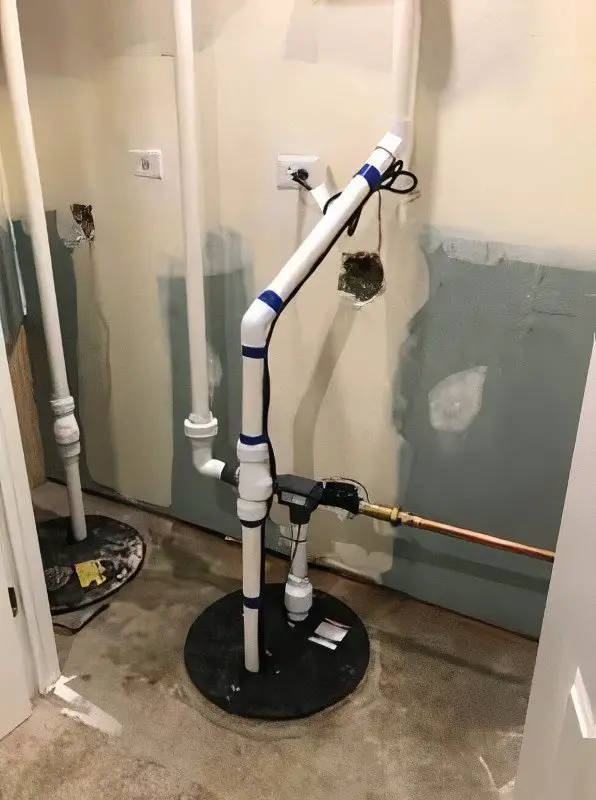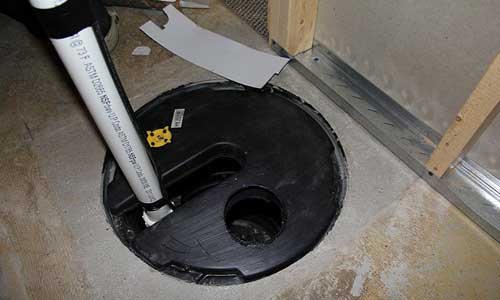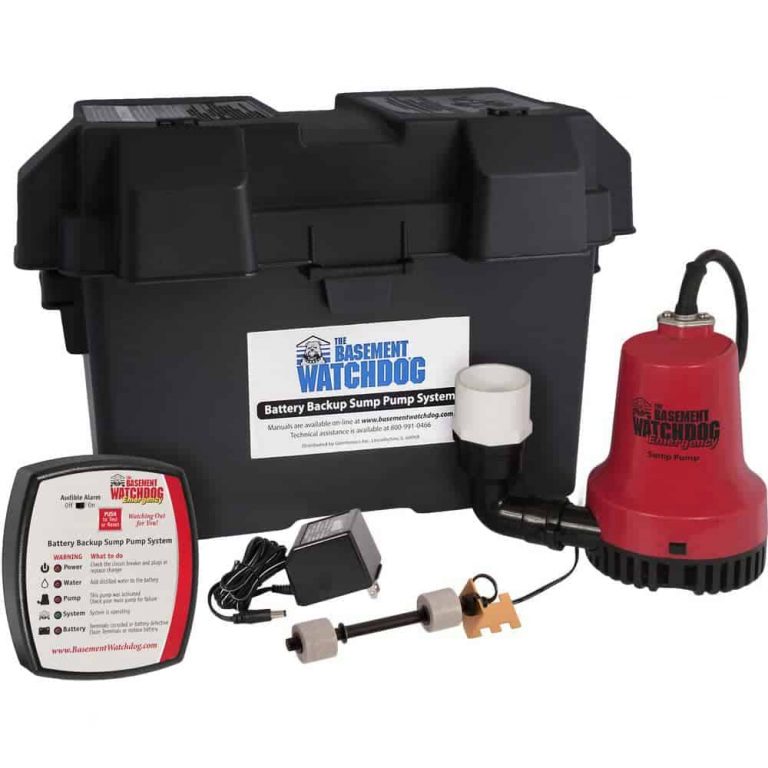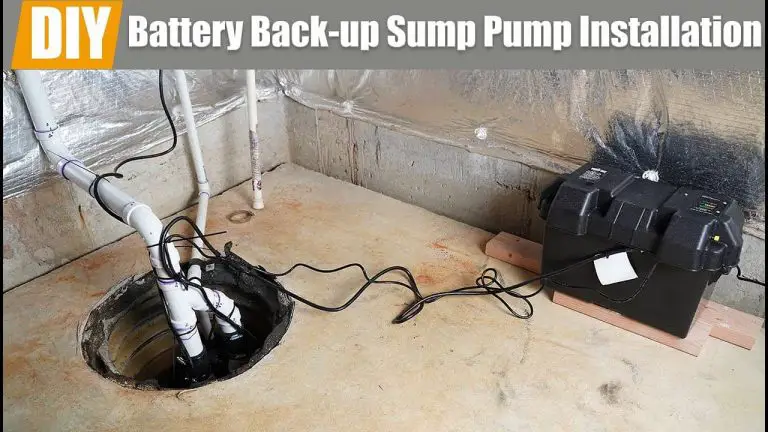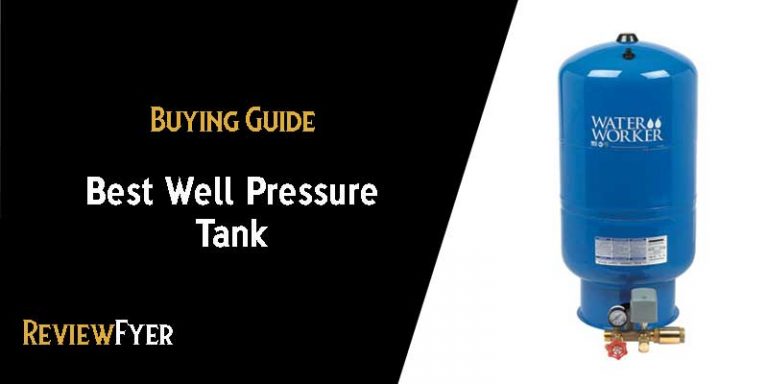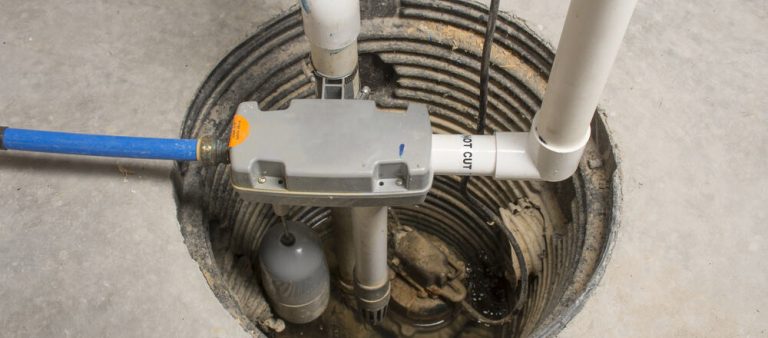How to use a sump pump
Your basement may be the ideal room for additional living or storage space. However, since it’s on the lower level of your property, it becomes vulnerable to flooding and moisture.
Studies show that as much as 60 percent of all households in America experience flooding in the basement at least once in their lifetime. Settling water in your basement can weaken your foundation over time. While flooding is a major concern, water can create moisture, mold, and mildew and can also breed mosquitoes.
Damage to your foundation may be costly and valuable equipment may be expensive to repair or hard to replace. A sump pump will draw water away from your basement through a discharge pipe into a nearby well or drain.
You’ll need to drill a hole into the flooring and install a sump pit to house the pump. The pump should also rest a little lower than the floor level, but slightly higher than the watermark inside the sump pit.
Types of sump pump
Sump pumps are available in pedestal or submersible types.
Submersible sump pumps
Submersible sump pumps rest underwater and are powered by a motor and sit directly inside the sump pit. There’s also a waterproof enclosure; while it rests on the bottom, the outlet pipe is close to the top of the unit.
Pedestal sump pumps
Pedestal sump pumps operate by an inlet pipe that goes to the bottom of the sump sink. They force the water out into the drain or well and usually sit outside the sump pit.
Choosing a sump pump
Before you purchase a sump pump, here are a few things to consider:
-
Speed and power
Determine how much water you think the pump will need to handle. For heavy flooding, you’ll need extra power to get to get the water out in short order. A typical pump has a capacity of between 0.33 to 0.50 horsepower (HP).
-
Manual or automatic
You can opt for a manual or automatic sump pump, depending on how fast you can get to switch on the pump in bad weather. Manual pumps need to switch on since they do not come with a sensor. With a manual pump, you can switch it on or off when the need arises.
Automatic pumps can help reduce the incidence of how often you‘ll need to monitor the water levels. They normally kick in on their own when necessary.
Using an automatic sump pump
To test automatic sump pumps, start by pouring some water into the pump. Next, check to see whether the pump kicks in on its own. If it is set up correctly, the pump will start automatically when the water starts to rise.
-
How to position the switch
Always place the electric switch close to the water source. You’ll, however, need to set up a ground fault circuit interrupter (GFCI) onto the outlet to minimize any electrical accidents.
After you install the sump pump, connect the power supply. Make sure the ground fault circuit interrupter is in place before you connect the pump to the power source.
Battery Backup Sump Pump
If you’re using a battery backup sump pump, ensure the battery is fully charged and ready to power up in emergencies.
Maintaining your sump pump
Your sump pump may last at least 5 years or more with regular maintenance. Areas to check every few months include:
- The pump position
- Clearing the grates of debris
- The power circuits for any shortages
- If it’s a submersible pump, check the vents inside the discharge pipes for any blockages.
- The distance needed to move the water out of the basement to the sell or drain.
The distance and speed at which your sump pump clears water out of the basement depend significantly on its ability to operate at its maximum capacity.
Regular maintenance is a key factor in determining how much head pressure your pump generates to get the job done efficiently.
Head pressure
The head pressure is available in meters or feet and will determine how high the pump will lift the water out when needed.
Power cord
The length of the power cord and the amount of voltage are also important. Make sure the pump sits near the ground fault interrupter (GFI) so that it gets a constant supply or current.
Conclusion
A sump pump is a useful device to have in any emergency, especially during flooding, power shortages or severe weather. It also provides extra power when you need heat from your furnace or water heater during a power break.
Flood water can rise very quickly if left unchecked. It can also seep into our foundation and weaken the structure of your house. Your sump pump can help provide peace of mind by channeling water away from items that may be expensive or impossible to replace if they get damaged. Sump pumps will help keep your basement dry by minimizing moisture, mold and mildew that may affect the overall health of your household.

